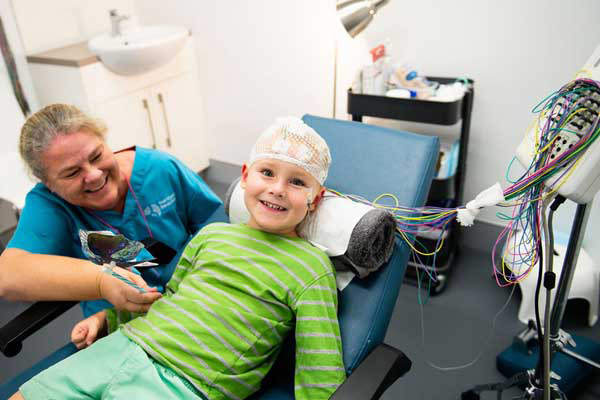

PLoS ONE 16(2):Įditor: Blake Johnson, Australian Research Council Centre of Excellence in Cognition and its Disorders, AUSTRALIA (2021) EEG signatures of cognitive and social development of preschool children–a systematic review. No studies were conducted in low- and middle-income countries.Ĭitation: Bhavnani S, Lockwood Estrin G, Haartsen R, Jensen SKG, Gliga T, Patel V, et al. While almost half the studies described changes in EEG measures across age, only eight studies disaggregated results based on gender, and six included children from low income households to assess the impact of SES on neurodevelopment. A mid-latency negative component and positive slow wave were used to index learning and memory, and late positive potential in response to emotional non-face stimuli. The N170 and P1 ERP components were the most commonly reported neural responses to face and emotional faces stimuli. For papers investigating executive function and selective auditory attention, the most commonly reported measures were alpha power and the amplitude and latency of positive (P1, P2, P3) and negative (N1, N2) deflections of event related potential (ERPs) components. Studies reported on the domains of executive function (n = 22 papers), selective auditory attention (n = 9), learning and memory (n = 5), processing of faces (n = 7) and emotional stimuli (n = 8). Data relevant to the primary and secondary aims was extracted from these studies and an assessment for risk of bias was done, which highlighted the need for harmonisation of EEG data collection and analysis methods across research groups and more detailed reporting of participant characteristics. Sometimes parents will use their smart phone or another device to play their child’s favorite song, Jeannette says.A systematic literature search identified 51 studies for inclusion in this review. Dressing in pajamas or loose, comfortable clothing can help too. Just in case, though, she recommends that parents bring along a child’s favorite pillow, stuffed animal or blanket to help them be at ease. It’s hard on everyone,” Jeannette says.īecause they’re already tired, patients of all ages don’t usually have too much trouble falling asleep once the test begins, Jeannette says. “If there’s times when parents say, ‘There’s no way I’ll be able to sleep deprive them.’ We tell them do the best they can and that we know it’s hard on them. Jeannette and CHOC’s diagnostics team acknowledge that medications and other factors can make it very difficult for some children to be sleep deprived. To help keep them awake, ask another person to ride along in the backseat to keep the child engaged and awake by using the methods above. Add sleep deprivation and an isolated backseat, and a child could be snoozing in no time. Team up with another adultĮven rested children are prone to falling asleep in the car. Ask them questions and tell them stories. Keep children talking to keep them awake.
/EEG-57053dc53df78c7d9e8db1d3.jpg)
Gentle tickling can also help, as can asking children to touch cold objects. Keep the lights bright and the music loud. Stimulate the sensesĮngage the body’s senses to fight Zzzs. Anything that keeps kids active and stimulated can help combat sleepiness. Try an early-morning play session at the park. Keeping patients busy before the exam can help them stay awake. While a sleep-deprived child’s grumpiness can only be met with patience and understanding, Jeannette has a few tips that parents can employ to keep children awake before the exam. “No matter the age, it’s hard on the patients and it’s hard on the parents,” she says. A typically recommended sleep schedule is from midnight to 4 a.m.īecause infants undergoing an EEG must also be tired, CHOC works to schedule the test to coincide with the baby’s nap schedule, Jeannette says. To that end, patients ranging from toddlers to teenagers are asked to sleep for a minimum of four hours before an EEG. “The lack of sleep stresses out the brain, and that’s when a seizure or other abnormality could possibly occur.” “Sleep deprivation is important for EEGs in the pediatric community because that’s when we could possibly see abnormalities, when they are tired,” Jeannette says. It’s critical that children be sleep deprived before EEGs, which measure electrical activity in the brain and help monitor and diagnose seizure disorders, says Jeannette Garcia, CHOC’s diagnostic services supervisor. But when it comes to children set to undergo an electroencephalogram or EEG, the problem can be the opposite: How do you keep kids awake?

Many parents are familiar with struggles with children and teens over going to sleep.


 0 kommentar(er)
0 kommentar(er)
